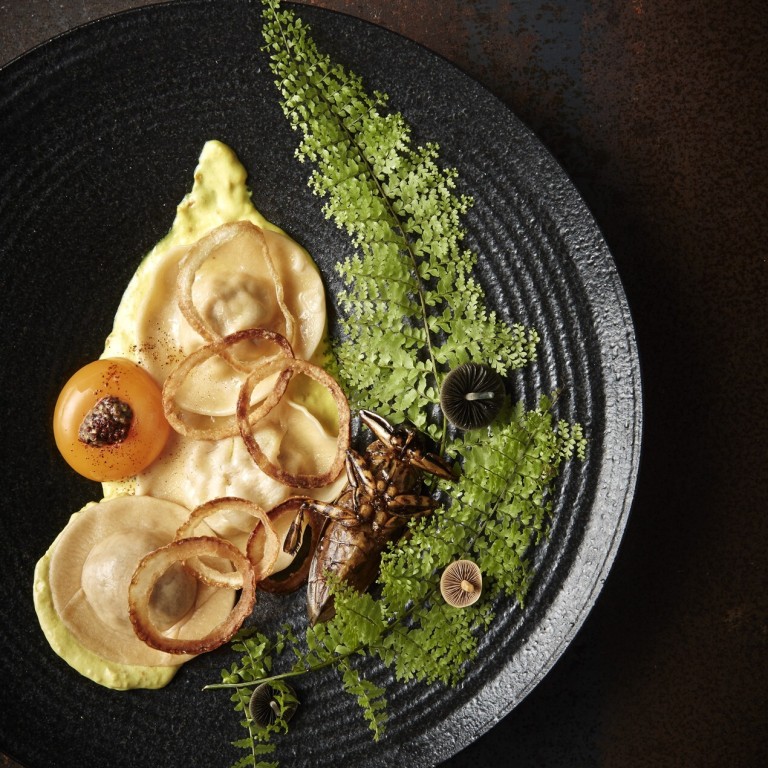Angelina Jolie, Salma Hayek and Zac Efron are bug food fans – would you eat insects for dinner if a Michelin-starred chef prepared them?

When it comes to plant-based alternatives, numerous fine-dining and Michelin-star restaurants create sustainable meals using plants and even bugs as protein sources
With an increasing global focus on eating sustainably and environmentally consciously, more diners are turning to alternative, and, in some cases, unusual, protein sources. This allows them to indulge and feel guilt-free about doing so.
“I think one of the things that alternative proteins are tapping into is the idea of eco-indulgence: if there’s some ecological benefit or there’s some sustainability benefit, people will go ahead and indulge more happily,” wrote Tamara Charm, senior expert at McKinsey & Company, in its report “The Future of Food: Meatless?”, published in October last year.
This is leading to more fine-dining chefs presenting creative dishes that showcase non-processed alternatives, from completely plant-based ‘meat’ to more meaty protein options, such as insects.
When it comes to plant-based alternatives, numerous fine-dining and Michelin-star restaurants around the world are celebrating plant proteins as much as traditional animal proteins by presenting vegan and vegetarian tasting menus, including Arcane and Amber in Hong Kong.

Tom Burney is a French-trained and now Hong Kong-based private chef and the founder of Invisible Kitchen, a catering company that he says is Hong Kong’s greenest. He is taking it one step further. Take, for example, his vegan pulled “pork” that is made from banana skin.
“I use banana skin that is shredded, pan-fried with spices and then slow cooked sous vide before being served on a taco with jalapeño and vegan cheese as a Mexican-style canapé. The challenge I set myself for this dish and also the smoked salmon alternative was to create vegan versions of classic meat-based canapés that meat-eaters would not notice were vegan … and to do it from scratch myself not using processed ingredients,” says Burney, who incidentally is not a vegetarian.
The smoked “salmon” mentioned above is made from carrot. “Although technically not a protein source but rather a protein substitute, I use steamed, smoked and cooked strips of carrot with smoked salt, oil, peppercorns and dill to serve rolled on cucumber with vegan cream cheese,” Burney says.
“A lot of the initial inspiration came from a challenge to design dishes around the theme of food’s future and around the conversation of alternative proteins which has boomed recently.”